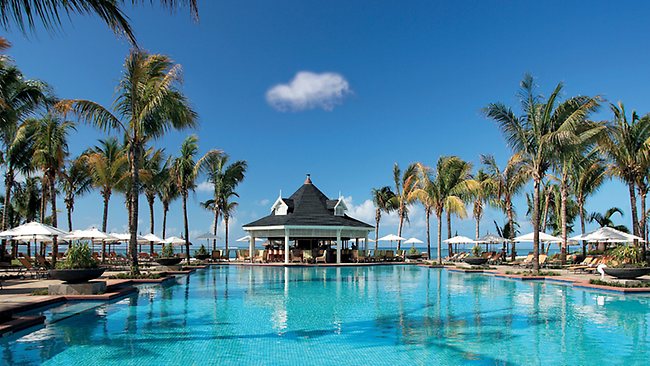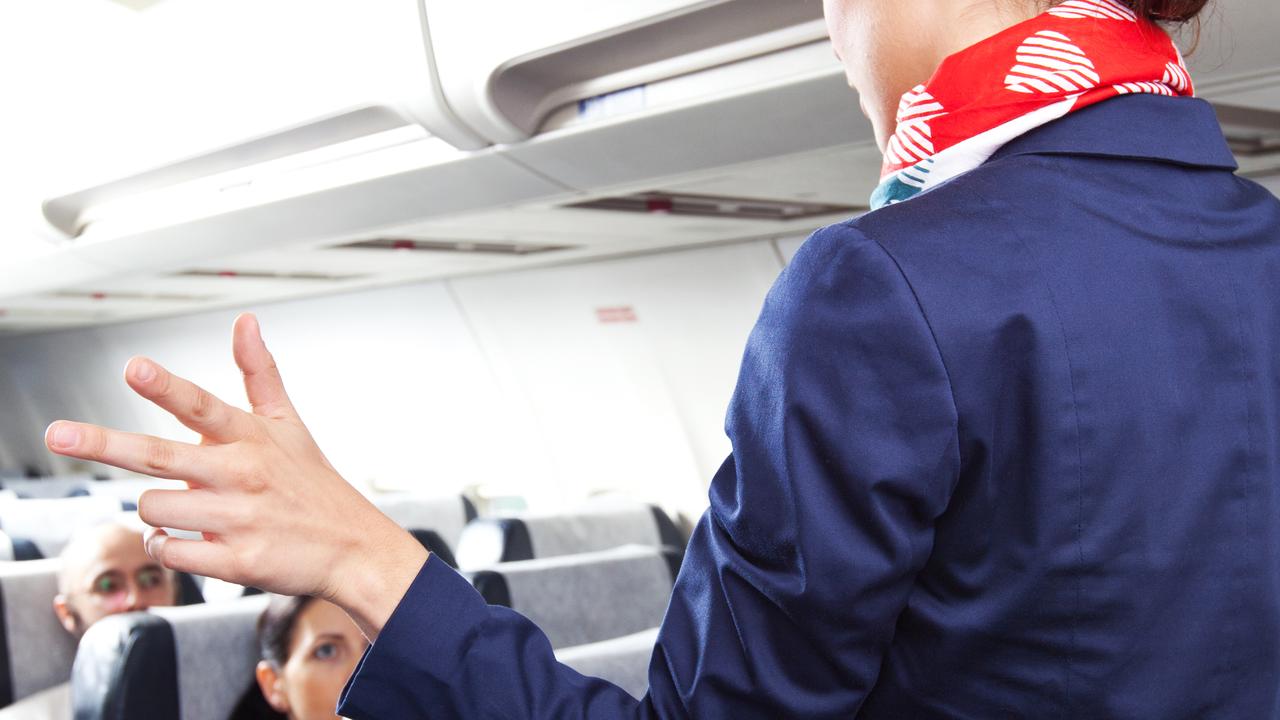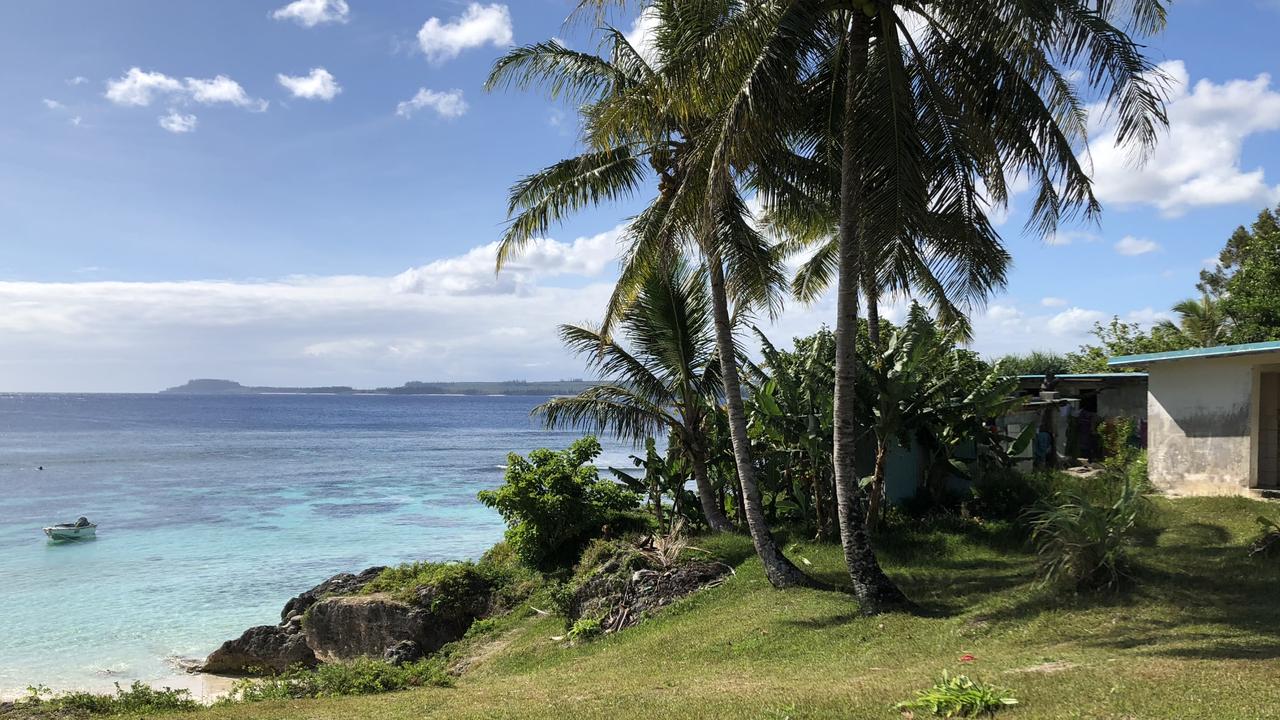The tropical touch of France
IT'S like Bali 20 years ago, or Koh Samui before the masses discovered it, and one thing's for sure - relaxing is top priority.

THE first shot speared to the right, arcing through the air to land with an audible "plop!" in the water.
Moments later the second followed it, the ripples from the first ball joined by those of its fellow.
My playing partner, who worked for a golf magazine and whom I'd met a few days earlier, looked at me and raised his eyebrows.
I went on to lose three more balls and abandoned the game on the ninth hole, leaving my partner to continue alone, his eyebrows now permanently arched.
My sole consolation was that I had played the worst golf of my life on one of the most scenic courses in the world, each green offering sweeping views of the coastline of Mauritius, the indigo blue of the Indian Ocean etched with the white of surf breaking on coral reefs.
Island paradise
There had been varied attempts to define this island of 1.2 million people in the few days that had passed since I'd arrived. Someone offered that it was like Bali 20 years ago, or Koh Samui in Thailand before the masses enveloped it, or the West Indies in decades past.
It's none of these. Nor is it African. Although the coast of Africa lay 2000km to the west, and in spite of the jet black skin of some Mauritians, there was no discernible hint of that massive continent. There is a definable feel to Africa and I did not detect it here.
Mauritius is most definitely an ethnic melting pot, for invaders and colonisers have swept through this mountain-studded emerald dot in the ocean for centuries.
Now another invasion is taking place, one led by golfers wielding nine irons rather than swords. And with them architects clutching plans for multi-bedroomed villas; behind them the honeymooners and the Parisians escaping the harshness of a French winter.
Resorts cling to the edge of the island. It's a coast blessed with white sand beaches and pale turquoise lagoons overlooked by the deep green of the mountainous interior.
Island history
The 40-minute drive from the international airport to my accommodation at Heritage Le Telfair Golf Resort and Spa in the coastal village of Bel Ombre passes through small towns and cuts through the cane fields that for so long provided the sugar which has underpinned the economy.
The soil is volcanic, ox-blood red and rich, the air heavy with the sweet molasses smell from cane that has recently been burnt to rid it of its trash, or dried leaves, in preparation for harvest. It's still cut by hand in places here, a practice which harks back to the days when slaves were brought from Africa and later, labourers from India, to work the fields. The cane is being felled now, not by field hands, but by the developers who are ploughing it under to make way for villas.
English is the principal language, followed by French and then Creole, but it seems that French is more widely and more fluently spoken than English. Certainly the French influence is marked at Le Telfair Bel Ombre - its white timbered architecture, wooden shutters, verandas and guest rooms with polished floors and high ceilings are reminiscent of the colonial landmarks left behind by the empire throughout South-East Asia.
My first impression is that the island is incredibly neat. Those who have travelled to some South Pacific islands where rutted roads, untended footpaths and verges are the norm, and where rusted car wrecks are the preferred front yard decoration, will be struck by the tidy-town approach of the Mauritians.
It's a beach destination, visitors to the island drawn by its white sands, warm water, agreeable climate, its increasing number of golf courses and the exotic appeal of visiting a lush, volcanic speck in the vastness of the Indian Ocean.
Port Louis attractions
If, however, you thought you were going to escape the curse of traffic jams, be prepared to mutter "merde!" as you sit in the vehicular chaos that surrounds the capital of Port Louis. There are plans to build a bypass but at the moment it's a tangle of buses, trucks and cars.
One attraction there is the central market, a lively, aromatic and at times pungent jumble of stalls selling spices, souvenirs, clothing, fruit, vegetables and fabrics.
I travelled through it on a day trip north to Grand Baie, a pleasant, cosmopolitan boating centre known for its nightlife, restaurants and plentiful supply of accommodation ranging from budget to five star.
The Dutch, in their occupation of the island in the 17th century, called Grand Baie the De Bogt Zonder Eyndt or endless bay, as good an example as you will find of why place names should be in French and not Dutch.
I returned from Grand Baie via the inland route, climbing up into the mountains, past tea estates in which women looking very much as if they were posing for an advertisement for Bushells were picking the leaves by hand.
The roads are narrow but well maintained, looping through villages and townships with names including Nouvelle France, Bois d'Oiseaux, Bois Cheri and districts like Quartre Borne, Curepipe and Savanne.
Nowhere is the diversity of the island more apparent than in the faces of its people, the mix of Arab, African, Indian, Chinese, Dutch, French and British who have settled here over the centuries producing an extraordinary mix of skin tones and facial features and some stunningly handsome men and women.
Accommodation options
To experience the appeal of the villa invasion, I spent a night at one of the newly built Villas Valriche, looking out across the greens of Le Telfair's golf course and the ocean beyond. They have been approved by the Mauritian Government under what it calls an Integrated Resorts and Real Estate (IRS) scheme.
Under the rules, villas must be built to international standards with facilities such as golf courses, marinas, private pools, restaurants, sporting complexes and fitness centres and cost a minimum of $US500,000. Under IRS rules, buyers of the villas automatically obtain a Mauritian residency permit for as long as they own the property.
It was all very nice, with my own butler on hand to prepare dinner, and a private plunge pool and more bedrooms than I could count., but I preferred the beachfront ambience of Le Telfair and its adjoining sister property Heritage Awali, with their background soundtrack of surf on the reef and the postcard lagoon.
There is a strong Indian element to the food and I will long remember a wild boar curry prepared by Le Telfair's executive chef.
Breakfasts remain a very French affair, though, with the buffet at Le Telfair resembling an elegant pastry shop displaying more calorie-crammed offerings than was decent.
The writer was a guest of Heritage Resorts and Air Mauritius.
![]() Travel Tips: Mauritius destination guide
Travel Tips: Mauritius destination guide ![]() Holiday Ideas: Beachside escapes
Holiday Ideas: Beachside escapes



